A Glimpse into the Future: The Potential for Rock Dust in Urban Agriculture
When thinking about implementing innovative agricultural practices, one would most likely picture this taking place in a rural landscape with acres of open fields. Although this has been the case for the majority of the holocene, the alarming rate and effects of global warming has led to a need for new solutions. Thinking outside the box is fundamental when it comes to tending to our Earth’s current issues, mostly because they aren’t like anything we’ve ever seen before. With this in mind, scientists have recently begun to tap into the potential of urban agriculture with the use of rock dust, as well as other essential components, to make a recipe for fertile, sustainable soil. And it seems like it just might work.
What’s the Issue?
The United States has a growing trend of relying on foreign countries for a large percentage of the population’s produce. According to the U.S Department of Commerce, the collective United States spent about $23 billion on plant goods in the year 2000. However, this number has grown at an unprecedented rate, as the country now devotes a whopping $134 billion to edible imports (USDA Economic Research Service, 2023). [1]
New York City exemplifies this trend, as the home of nearly 8.5 million residents who look forward to being able to purchase fresh vegetables and fruit daily. With so much of the surface area dominated by concrete and ground that is uninhabitable for plants, it seems there isn’t much of a choice other than importing produce. However, the more energy we devote to shipping goods, the more our Earth’s environment is burdened.
Statistically, the combination of traveling long distances with heavy loads is a leading contributor towards the long-term issue of carbon dioxide emissions. On average, shipping accounts for 20 to 30 percent of the global exhaust of carbon. [2] Trade with other countries creates a healthy global economy, but depending on it defies the responsibilities we now face when it comes to climate change.
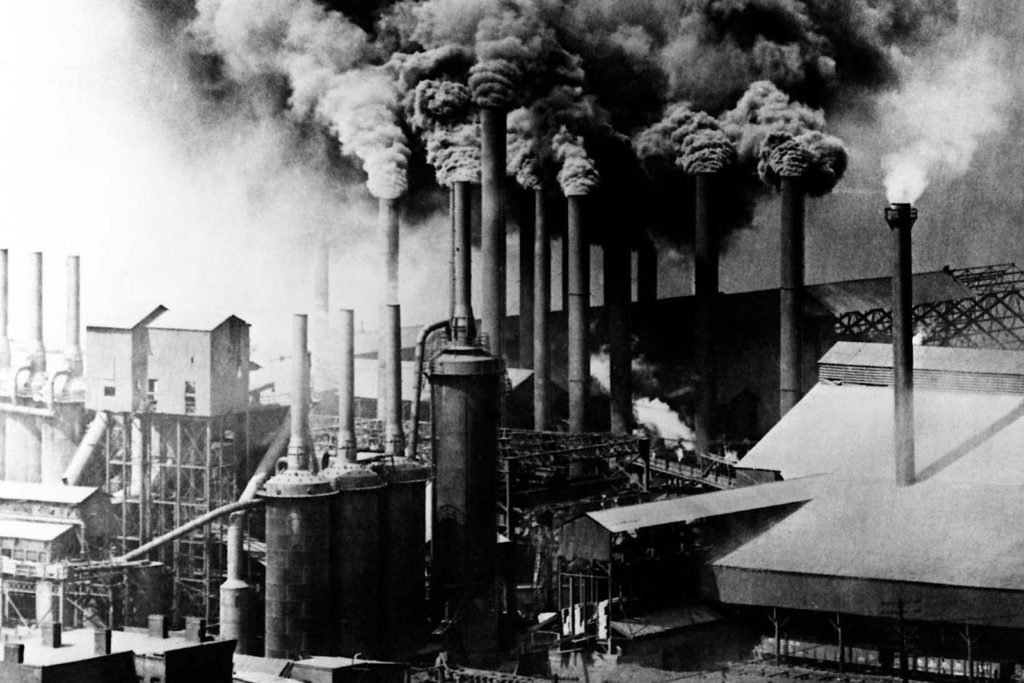
Stemming from these environmental changes over the past few decades, the national food chain has become flawed. Rivers are drying out, and the habitats that are home to native species are more precarious than they used to be. Considering all of these factors, the importance of transforming city soil into a viable medium to grow crops is now all the more necessary.
Looking back to the United States’ history, there was a profound lack of knowledge about our soil’s well-being, which in part led us to the challenges we face today. The Industrial Revolutions of the 18th and 19th centuries sparked the construction of new factories for the sake of creating new jobs and goods, but an unintended byproduct was the heaps of pollution that were expelled for years on end. The damage from the exhaust from the factories was compounded by the lead-based paint used on countless buildings (Liu, et al., 2014). [3] Both of these pollutants produce heavy metals (arsenic, mercury, lead, and copper, to name a few), which at high enough levels can make the soil almost completely infertile (Folk, 2021). [4] The years and years of detrimental metals being released have accumulated over time and won’t disappear without a soil-remediation agent or process to restore the soil (Priya, et al., 2023). [5]
Executing the Plan
So how can we create an urban agriculture when city soil seems so far gone? Kwesi Joseph, the Urban Gardens Specialist in New York City, along with many others who have exposed the urgency of fixing our food systems, have begun experimenting with rock dust in the city soil, hoping to begin a new way of life for urban residents around the world.
Starting with his own personal experiments with city soil and rock dust, Kwesi became an early proponent of the movement to eliminate the use of soil-taxing synthetic fertilizers and replace it with pulverized rock. These powders made from common rocks, such as basalt and granite, bring necessary nutrients and minerals into soil. A process like this is ideal for places that have historically been unable to grow due to their infertile land, stemming from human intercession. Incorporating rock dust into a city setting surely would produce results, but any new plans to fight climate change is sure to have its own obstacles in the way.
When dealing with climate change, revolutionary ideas often face problems when trying to get policy makers’ approval for the plans to be carried out on a large scale. In New York City, GreenThumb is the overseer when it comes to urban gardening. It is the largest urban gardening system in the United States, and a small project, such as the one Kwesi has begun, seeks its approval and funding, as it is the main challenge to overcome in order to push the rock dust agenda forward. It is a difficult program to become involved in, let alone start a whole new project under its funding. So for now, the plan of action with the most promise for Kwesi and the others working on getting rock dust to the soil would be to convince GreenThumb to incorporate rock dust into the new compost programs.
This process is much easier said than done however. The first step would be to provide reliable data proving that rock dust would have noticeable effects on plants. The studies are there (some of which can be seen on the Remineralize the Earth blog), and there is definitive proof that this dust increases plant nutrient density and improves soil health. Overall, rock dust creates a more hearty environment for crops by lowering the pH of the growing medium, providing more trace elements (Luchese, 2023). [6] and numerous other benefits to increase the all-around quality of the plants. For instance, scientists in a 2020 study observed that dry rock dust led to almost no pest-induced damage on lily plants, having more than a distinguishable difference than that of even pesticides, which saw 12% of the plant affected by pests (Faraone & Hillier, 2020). [7] GreenThumb wants to see the hard science, and it is clearly established that rock dust is influential on crop yields.
Kwesi would like to take it one step further by not just having the science on crop health, but also doctor-backed proof on how human health can be improved by using pulverized rock. Different rocks are made up of a variety of elements, and administering it into soil allows the plants to take in the favorable nutrients. Basalt rock, for example, is high in iron – the same iron that will be taken up by plants and ultimately consumed, bringing with it health benefits. The approval on the project is contingent on whether the money spent will pay off, and results have shown that it will.
The ability to come up with an accurate budget for the project is a barrier on its own. Many variables exist when dealing with environmental economics, and the only way to come up with a relatively clear-cut measurement would be by having strong, scientifically supported protocol. The budget will have to be within reason for GreenThumb to support, and thankfully, rock dust is quite affordable, giving hope for the project to come to light.
A Hopeful Future for Cities
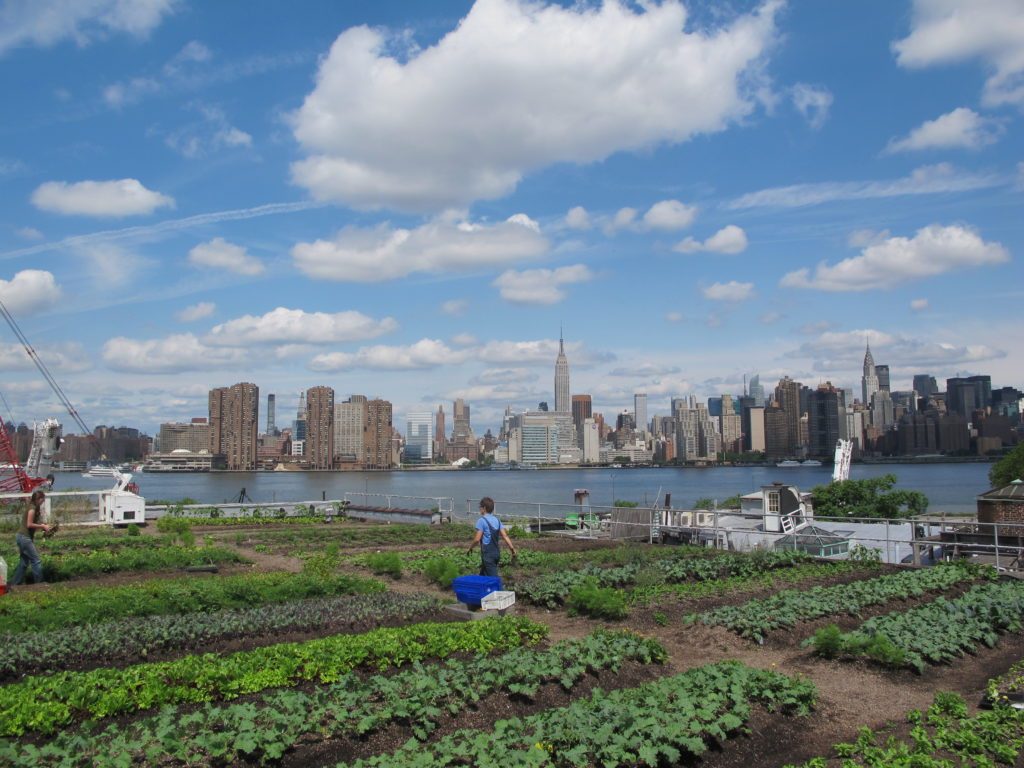
In a talk with Kwesi, Tom Vanacore, the founder of Rock Dust Local, and Joanna Campe, Remineralize the Earth founder, they mapped out their own perspectives, giving a vision of what the potential of urban gardening really is. They described a city that can thrive by innovative projects, without the dependence on shipped produce. Complacent, unused spaces could be made into something productive for the sake of other city inhabitants. For instance, empty rooftops could be transformed into green gardens that could be made possible with a lightweight growing media, and old industrial spaces and factories could be given a makeover into indoor growing spaces. Both of these remodelings can give people a way to produce the foods ingrained in their cultures such as callaloo and collards, emphasizing how important agriculture is in many different angles of life. Not only could city gardening be made possible with sustainable solutions, it could also work hand in hand to solve some of the issues that are present within the city.
With innovation in mind, an interesting point that the three speakers considered was using waste water, also referred to as the non-flattering term “sludge”, as biochar to act as a plant carbon source. Human waste is full of nitrogen and phosphorus, two elements necessary for effective plant growth, and scientists have been hopeful with the prospect of incinerating these materials to be turned into biochar. Although these materials are only capable of producing low carbon levels, it can be reworked and improved in the future to help with the overuse of municipal wastewater treatments, as well as future expectations of city gardening.
The potential for the sparse gardening systems in New York City is a new-found source of excitement for the world of sustainability. Rock dust is the main cause of this due to the science proving that it can combat the harmful effects of pollutants we face from years of unsustainable ways of life. Although applying crushed rock to the soil has a “rocky” path ahead, the science verifies that it is just a matter of executing the plan and getting the budget approved. In future years, we can hope that Kwesi’s project will be adopted by other cities, and the world will be one step closer to the green one we desire.
Maxwell Rymsza is a 3rd year student at Villanova University pursuing a degree in biology with a minor in sustainability studies. After college, he plans on attending a graduate school to help him reach a career in medical research & development. His passion for a healthy Earth is rooted in many aspects of his life, whether it is with his involvement with research on campus, enjoyment of hiking, or his background from Central Pennsylvania. He hopes that the raised awareness of unnatural climate change will be the spark to a new generation of innovative minds who will lead the way to a better future.
Bibliography
- U.S. Food Imports. (2023). USDA Economic Research Service. https://www.ers.usda.gov/data-products/u-s-food-imports/
- World Trade Organization. (2021). TRADE AND CLIMATE CHANGE INFORMATION BRIEF N°4 CARBON CONTENT OF INTERNATIONAL TRADE 1. https://www.wto.org/english/news_e/news21_e/clim_03nov21-4_e.pdf
- Liu, Y., Su, C., Zhang, H., Li, X., & Pei, J. (2014). Interaction of Soil Heavy Metal Pollution with Industrialisation and the Landscape Pattern in Taiyuan City, China. PLoS ONE, 9(9), e105798. https://doi.org/10.1371/journal.pone.0105798
- Folk, E. (2021, April 27). The Environmental Impacts of Industrialization. EcoMENA. https://www.ecomena.org/environmental-impacts-of-industrialization/#:~:text=Soil%20contamination%20is%20another%20problem
- A.K. Priya, Muthiah Muruganandam, Ali, S. S., & Kornaros, M. (2023). Clean-Up of Heavy Metals from Contaminated Soil by Phytoremediation: A Multidisciplinary and Eco-Friendly Approach. 11(5), 422–422. https://doi.org/10.3390/toxics11050422
- Luchese, Augusto, V., Ivone, Paula, A., Mylena Linhares Alves, Laércio Augusto Pivetta, & Robson Fernando Missio. (2023). Use of quarry waste basalt rock powder as a soil remineralizer to grow soybean and maize. Heliyon, 9(3), e14050–e14050. https://doi.org/10.1016/j.heliyon.2023.e14050
- Faraone, N., & Hillier, N. K. (2020). Preliminary Evaluation of a Granite Rock Dust Product for Pest Herbivore Management in Field Conditions. Insects, 11(12), 877. https://doi.org/10.3390/insects11120877
Support us on Patreon
Thank you for joining us today! Please become a member of RTE and support us on Patreon. Unlike many larger organizations, we work with a team of determined and passionate volunteers to get our message out. We aim to continue to increase the awareness of remineralization to initiate projects across the globe that remineralize soils, grow nutrient dense food, regenerate our forests’ and stabilize the climate – with your help! If you can, please support us on a monthly basis from just $2, rest assured that you are making a big impact every single month in support of our mission. Thank you!

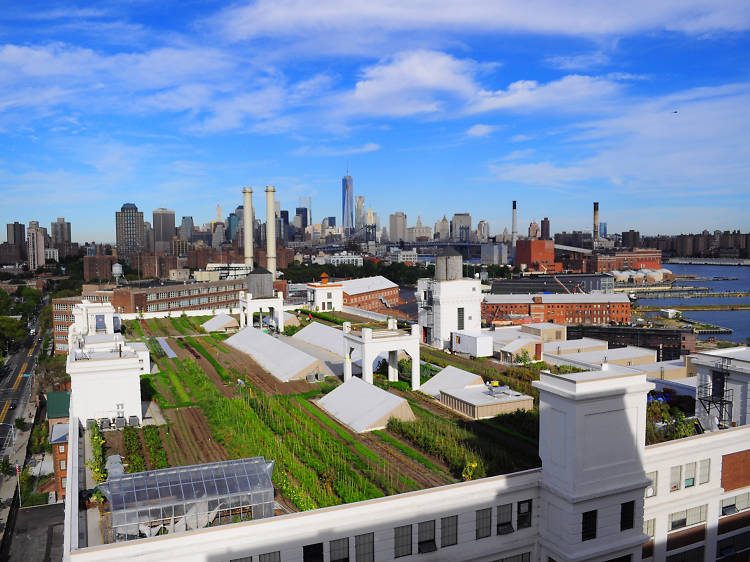
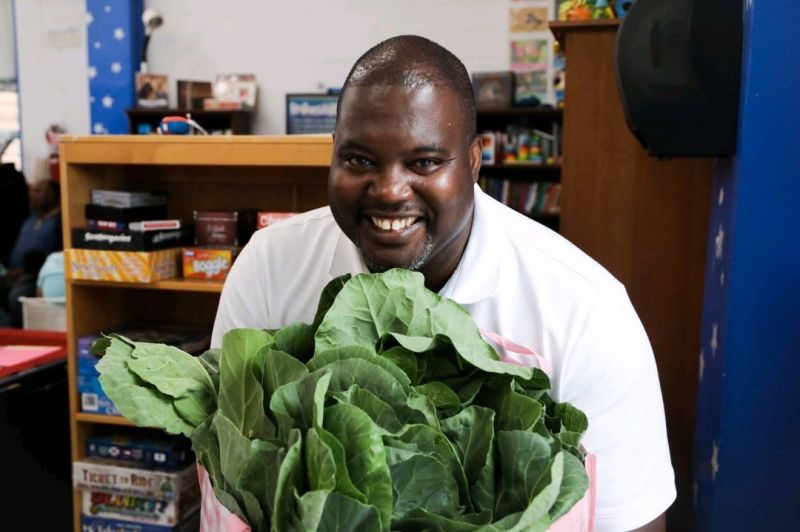
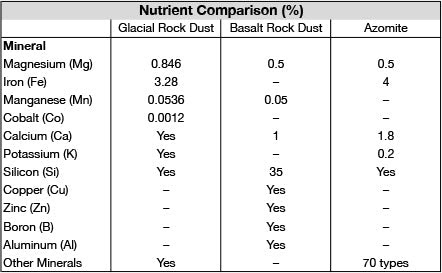






Dr. Celestin Musekura
February 15, 2024 (6:39 pm)
This is an eye-opening! I want to learn more about the remineralization of the Earth. I thank David Munson of Get Real Alliance for introducing me to the Rock Dust and remineralization.